This is part of a series on the Women’s Collegiate Championships
By the mid-1970s, women’s golf was starting to be seen as more commercially viable which in turn brought in business ventures seeking to tap into that market. The Colgate-Palmolive company became a major investor in women’s golf not only at the pro level, but also for the collegiate game as well. Coincidentally, the very first college golf prospect to benefit from this was none other than the legendary Nancy Lopez, whose recruitment to the University of Tulsa led to incredible success for both the player and the program.
That same positive growth in women’s athletics in general had an effect on both AIAW policies (specifically for entry into their golf championship) and even the NCAA by way of Title IX. Strong hurricane level winds of change were brewing, tied directly in many respects to the 1976 women’s collegiate golf championship.
*NOTE 1: underlined text provides a link to references or sites with more information
*NOTE 2: we have done our best to cull out sources that contain problematic language or sentiments, but sometimes those things cannot be helped or are otherwise included to illustrate a point; we hope you understand this usage and recognize its educational purpose is not an endorsement
COLGATE’S ENTRY INTO WOMEN’S GOLF
In the early-1970s, the Colgate-Palmolive company became very invested in women’s golf in both the collegiate and professional levels. It began in 1972 when Colgate CEO David Foster teamed up with singer/actress/celebrity extraordinaire Dinah Shore for an innovative new LPGA Tour event then called the “Colgate-Dinah Shore Winner’s Circle” but now known as the Chevron Championship, the first Major event on the LPGA calendar each year. For the college women, they donated a new trophy and even committed to offering a non-sports (but definitely golf-related) scholarship, both of which had a tremendous impact on the game.
COLGATE CUP TROPHY
The 1974 AIAW National Intercollegiate Golf Championship, which was the second held under the auspices of the newly-formed women’s intercollegiate sports organization, introduced a brand new trophy. The Colgate Cup was awarded to the winning (four-player) team and replaced the Mrs. Stewart Hanley trophy. Rollins College was the first to hoist the new trophy, etching their name into history. Arizona State was second to do it in 1975 (see photo below). Fortunately, the Colgate Cup still resides safe and sound in the Tulsa trophy case, however the current whereabouts of the Handley trophy is unknown to this author.
COLGATE-PALMOLIVE SCHOLARSHIP
A year after the Colgate Cup debuted, the company announced the creation of a new four-year $10,000 scholarship to benefit a high school senior about to enter her freshman year in college. Although there didn’t seem to be a strict stipulation that the winner was entering college to play on the women’s golf team, the selection criteria - “financial need, academic excellence, and golfing ability” - strongly suggested it. Added to this was the fact that the scholarship would be awarded annually at the All-American Collegiate Golf Foundation dinner which was a celebrity event highlighted by the recognition of that year’s male All-American collegiate golfers.
The first recipient, announced in the fall of 1975, was a high school phenom from Roswell, New Mexico named Nancy Lopez. She received her scholarship certificate just a week after finishing runner-up at the 1975 US Women’s Open, just four strokes behind Sandra Palmer and tied with Sandra Post and JoAnne (Gunderson) Carner (said to be the first woman to get a golf scholarship to a US college). Nancy had been recruited to play golf for the newly-created team at the University of Tulsa coached by Dale McNamara.
THE TOURNAMENT [June 16-19, 1976]
Although the rapid increase in the AIAW memberships was undoubtedly a good thing, it did have its drawbacks, namely in the rapid expansion of the tournament field. In just a few years, it had double to well over 200 players representing 50+ schools across the United States. Michigan State played host to this very large field at Forest Acres Golf Course, site of the 1964 championship (won by Arizona State) and the Spartan Invitational the previous month (won by Furman). The Spartans had recently won their third straight Big10** title in the third year of the tournament being played and were in prime form and playing at home, making them one of the favorites behind Tulsa, Furman, and Florida.
**NOTE: the Big10 does not recognize women’s golf championships held before 1982 since technically women’s sports did not exist in the NCAA-governed conference.
TEAM RESULTS
After spending eight years as the men’s golf coach at Furman University, Gary Meredith took on the additional role of women’s golf coach to start the 1975-76 season. A byproduct of the AIAW membership was that each year teams added more tournaments to their schedule to both establish qualifying scores and prepare for the season-ending championship. One of those tournaments was the (fifth annual, 54-hole) Lady Paladin hosted by Furman in early April which Tulsa won handily as Nancy Lopez earned yet another medalist trophy. Most thought this was a precursor to how the AIAW championship would finish given that Furman was ranked second behind Tulsa in the national rankings coming into the tournament.
Since the introduction of the Colgate Cup in 1974,the team championship was determined by the aggregate of the four best scores from a given team over the 72 holes. Florida led for most of the tournament until a poor start to the final round allowed Arizona State to claim the top spot. Coming down the stretch, Furman’s number 3 and 4 players vaulted the Paladins into the late lead as they both shot their best competitive rounds of the season. All it took was for Betsy King (low amateur at the 1976 US Women’s Open) and Beth Daniel (reigning US Women’s Am champ) to par their final two holes to secure top 5 individual finishes and the school’s first national championship (in any sport). King, Daniel, and Sherri Turner were all later successful LPGA Tour winners and inducted into the Furman Athletic Hall of Fame. King and Daniel were also inducted into the WGCA Hall of Fame and the World Golf Hall of Fame.
Final results:
1251 - Furman
1252 - Tulsa
1258 - Arizona State
1261 - Florida
1262 - Miami-Dade College
1274 - Miami (FL)
1299 - Houston Baptist
1313 - Michigan State
1318 - Rollins
1319 - Arizona
1327 - Stanford, Stephens College
1335 - Palm Beach
1345 - Texas
1353 - Kentucky
1354 - Auburn
TULSA’S PURSUIT OF THE 1977 TITLE
Tulsa’s close call to winning the 1976 championship announced the arrival of the university to the collegiate golf scene. On top of Nancy returning for her sophomore (and final college) season, Tulsa was packed with talent - including Holly Hartley, the second recipient of the Colgate Scholarship - so when “Hurricane Tulsa” made landfall in Hawaii for the 1977 AIAW championship, expectations were sky high. At the end of four rounds of stroke play, three Tulsa players placed in the top 10 with Lopez tied for second (301). Unfortunately for the Hurricanes of Tulsa (Oklahoma, 1236), it was actually the Hurricanes of Miami (Florida, 1220) who blew away the competition. Miami also placed three players in the top 10, including Cathy Morse who claimed the individual title as well by two strokes (299). Two years in a row Tulsa tasted that bittersweet cup of runner-up success, but Coach Dale McNamara had found a new recipe that she was close to perfecting.
INDIVIDUAL RESULTS
Nancy Lopez [Tulsa] toured Forest Akers in a one-over par 73 in the first round to set herself atop the 220 player field right out of the gate. She was still there after three rounds, although her second round 80 put her in a hole that she had to claw out of with a third round 74. Beverly Davis [Florida] shared the lead through 54 holes with SMU’s Therese Hession (future Ohio State golf coach/director/legend) and defending champ Barbara Barrow [San Diego State] lurking just one stroke behind. Betsy King [Furman] set a new course record with a third round 71 (-2) - bettering her own 72 shot the previous month at the Spartan Invitational - and sat just two strokes back with teammate Beth Daniel.
Barrow, seeking to become the first player to ever successfully defend her individual title, was paired with Lopez for the final round showdown. While Lopez had the advantage for most of the day, Barrow drained a long birdie putt on the 72nd hole to send the individual title into a playoff. Amazingly, Barbara had won the previous year’s title by winning the playoff against Deborah Simourian [Wheaton College]. Now, the two Curtis Cuppers who had recently paired up for a doubles victory against GB&I, were at odds for the collegiate trophy.
Nancy Lopez, still reeling from the news that the Tulsa team had lost by a single stroke, was able to gather her wits quickly and would have taken the title on the 73rd hole had the playoff been of the sudden-death variety; instead, the first part of the playoff was a three hole composite score. Barrow again made a clutch birdie putt to tie their score on the final of those three holes, sending them to a sudden-death matchup. On the 76th hole - the par 5 4th hole - Lopez stuffed her approach to three feet while Barrow took a 4th shot to get within 10 feet. After Barrow missed, Lopez’s straightforward but nerve wracking putt for medalist honors was a mere formality. Nancy Lopez made her birdie and etched her name into the history books.
THE LEGEND OF NANCY LOPEZ
Lopez turned pro in 1978 and immediately took the LPGA Tour by storm. She became the only player on that tour’s history to not only win the Rookie of the Year Award but also the Player of the Year, the Vare Trophy for having the lowest scoring average for the season, AND was the top money earner in her first season. That was the start to an amazingly long and fruitful pro career that resulted in 48 wins and over 200 top10 finishes.
Among the near innumerable honors and awards that Lopez has accumulated includes: the LPGA Hall of Fame (1987), the World Golf Hall of Fame (1987, five years after JoAnne Carner [Arizona State]), the Tulsa Athletic Hall of Fame (1991), the USGA Bob Jones Award (1998), and the Old Tom Morris Award (2000).
There is an excellent series of podcast interviews with Nancy from FORE the Good of the Game that you can listen to here:
AIAW SETS ENTRY QUALIFICATIONS
After the championship, the AIAW Golf Committee was forced to address the overcrowding issue. They decided to take a similar approach to what the men did over a decade before in both creating a qualification standard as well as instituting the 5-count-4 method now commonplace in collegiate golf. Beginning with the 1977 championship, teams were now forced to submit their 10 best competitive rounds (both as individuals and a team) to the Committee to determine qualification. Each AIAW Regional representative used this information along with regular season results to determine the top qualified teams in their area of responsibility to send to the AIAW championship. Qualifying teams were allowed to bring more than 5 players, however they were forced to designate their team of 5 before competition started, leaving the others to compete for the individual title only.
NCAA CHALLENGES TITLE IX
The AIAW and NCAA had a complicated relationship that was exacerbated by the passage of Title IX. We will get into more of the nuance in the next post, however it’s important to note here that 1976 represented a key moment in time for both organizations. In January of that year at their annual convention, the NCAA created a committee specifically covering women’s intercollegiate athletics, headed by 9 men and 1 woman. The new AIAW President, Peggy Burke, wrote to the NCAA President John Fuzak in June to express disappointment in that action and confusion over the NCAA dissolving the semi-formal joint NCAA-AIAW committee that in the past few years had spoken frequently on the matter of Title IX’s application to both of their organizations as well as women’s intercollegiate athletics in general. President Fuzak’s response letter in July included both the justification for the NCAA changes as well as expressing disappointment over the AIAW’s stance on the details of the US Department of Health, Education, and Welfare (HEW) regulations being decided at the Congressional level with respect to Title IX. At that time, the NCAA felt very strongly that the inclusion of collegiate athletics under the Title IX regulatory umbrella was a hugely detrimental mistake, to the point where they filed a lawsuit in the District of Kansas in early 1976, dubbed NCAA v Califano (Califano being the last name of the Secretary of the HEW). This lawsuit, which was the NCAA’s attempt to legally invalidate either the HEW’s regulatory implementation of Title IX or else Title IX’s application to collegiate athletics, was ultimately dismissed in 1978.
Failing to get “injunctive relief” from Title IX, the NCAA’s next moves brought them into direct conflict with the AIAW.
Thanks for reading!
Up Next:
In the next post for this series, we will cover the rise of NCAA women’s sports, the fall of the AIAW, and the double championship of 1982.

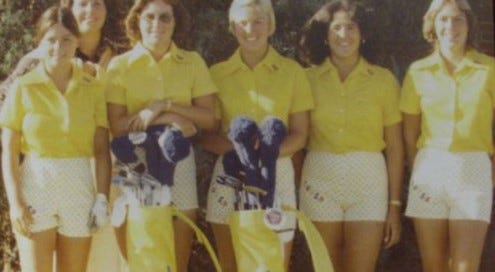



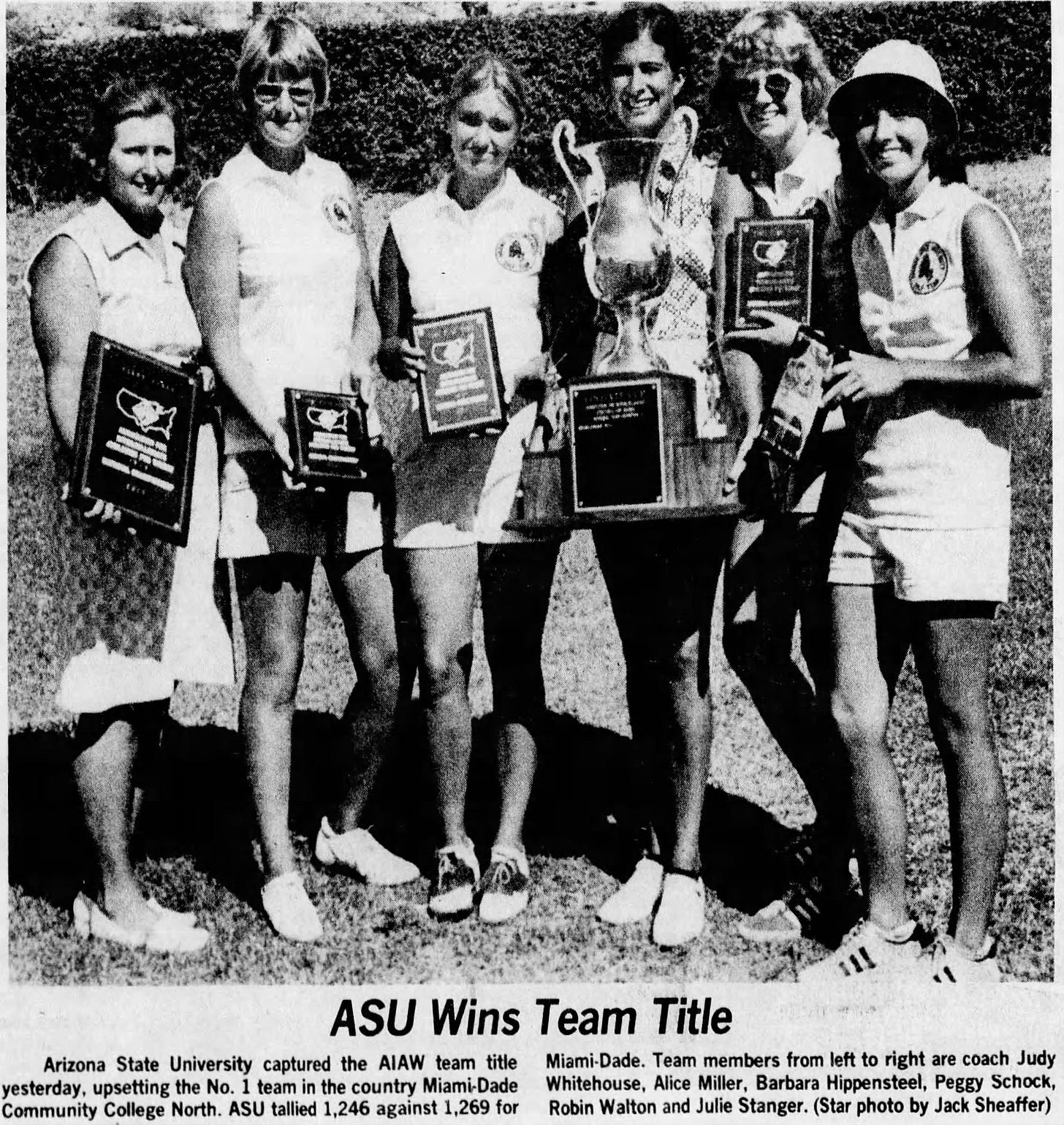

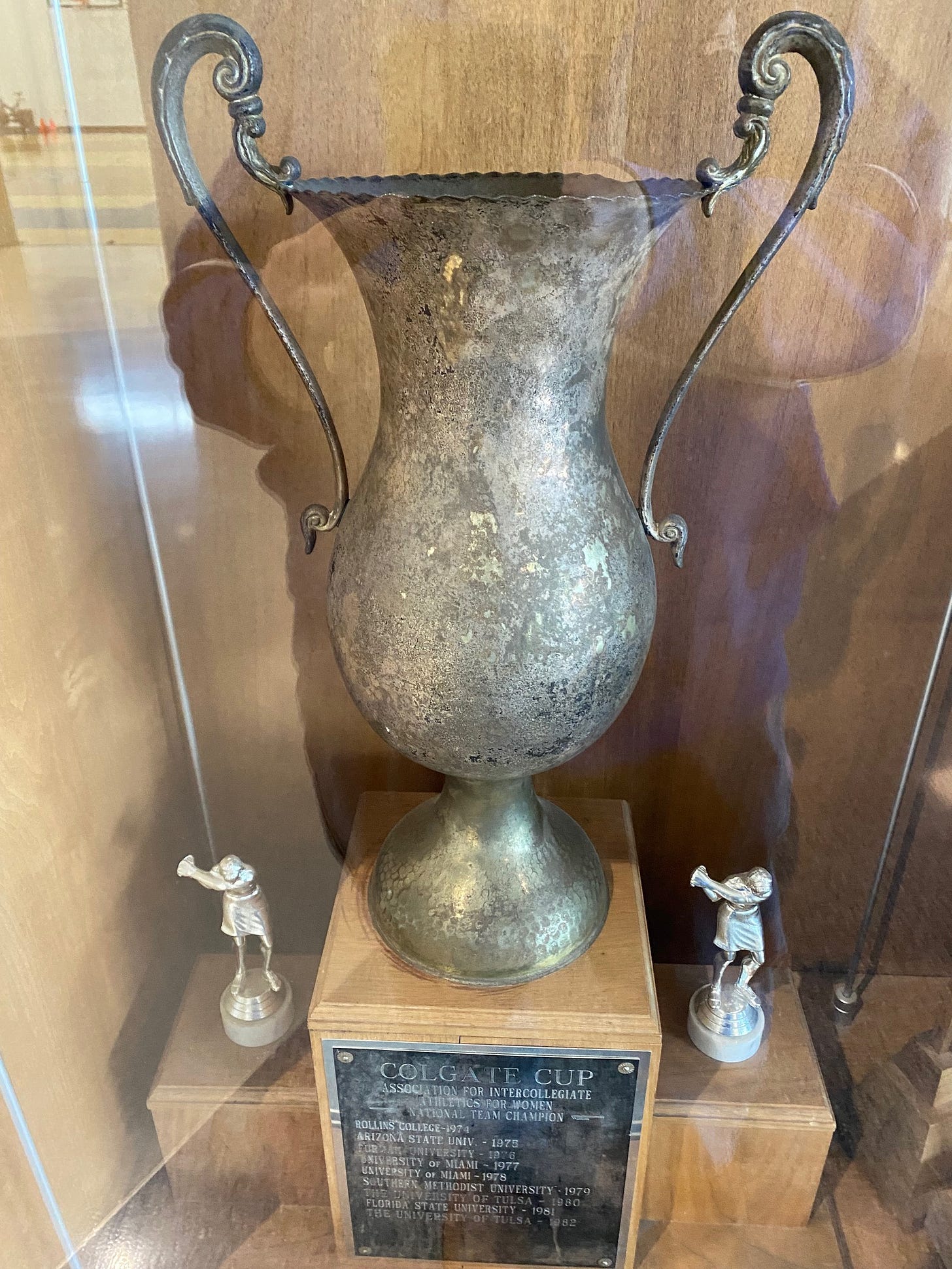
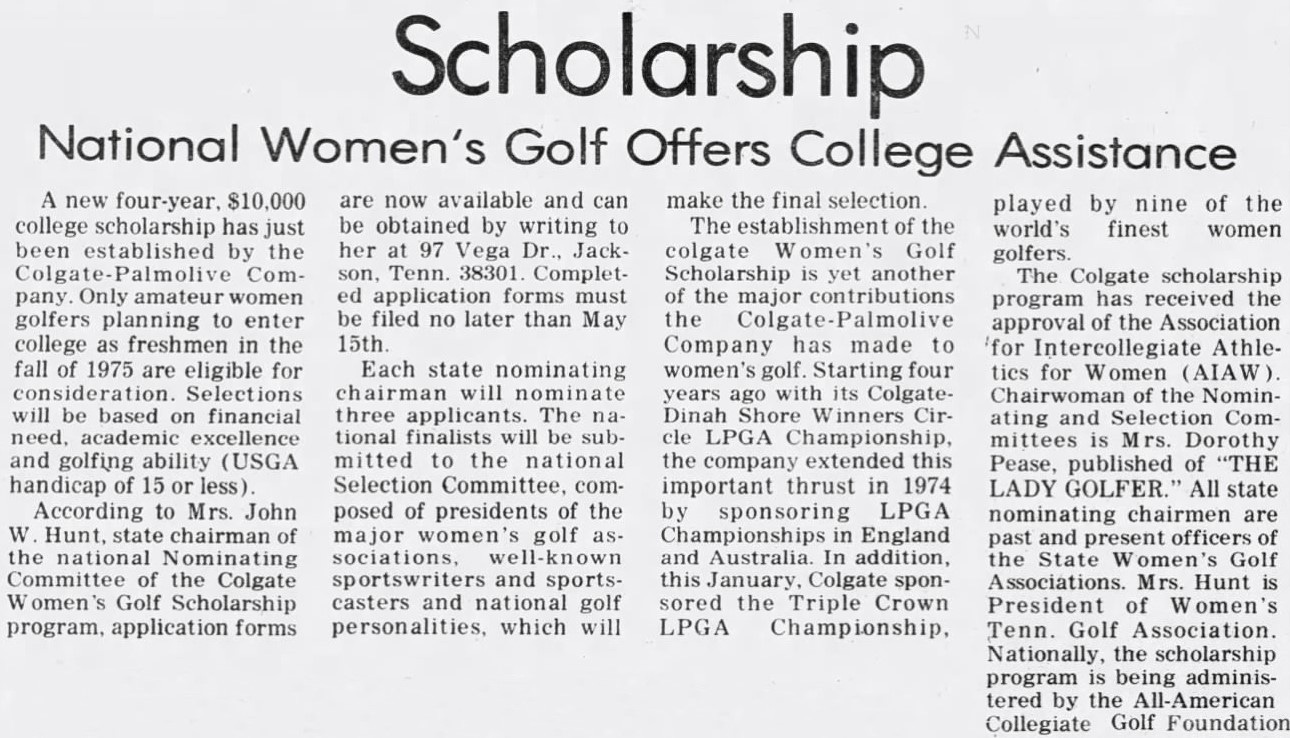
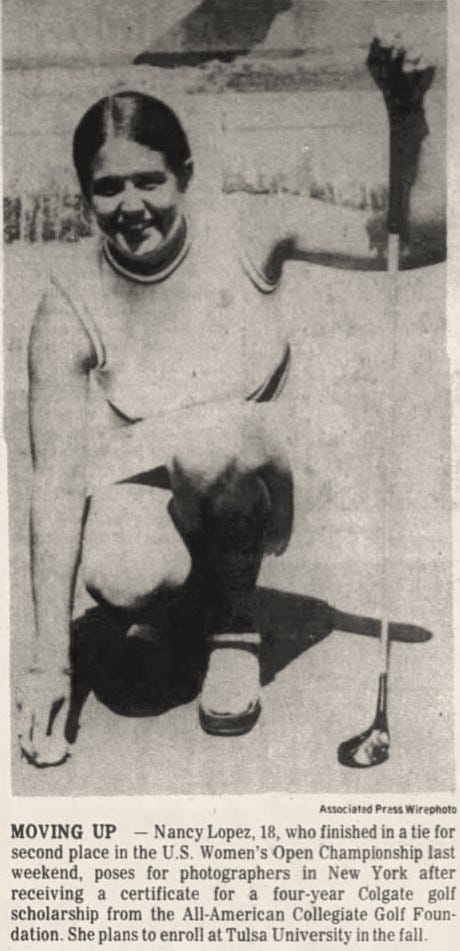







What an intense sudden-death match!